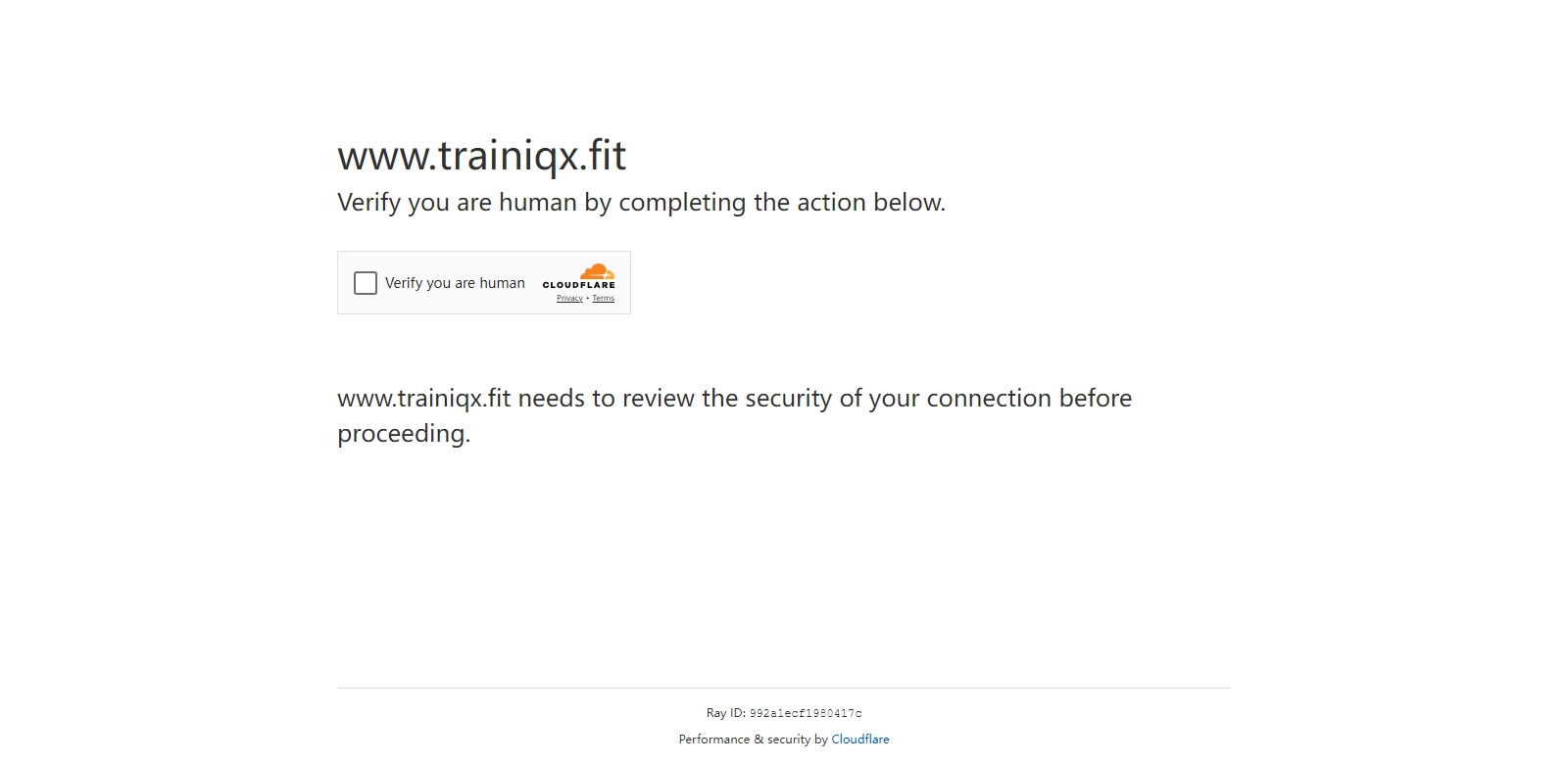Understanding the 403 Client Error in Web Browsing
In the vast landscape of the internet, encountering various HTTP status codes is an everyday experience for users, webmasters, and developers alike. Among these codes, the 403 Forbidden error stands out as a particularly perplexing issue. This error indicates that while the server is reachable and the request is understood, access to the requested resource is not granted. Understanding why this error occurs is crucial for effectively addressing it. In this article, we delve into the nuances of the 403 Forbidden error, exploring its causes, implications, and potential solutions.
What is a 403 Forbidden Error?
The 403 Forbidden status code is part of the standard HTTP response status codes indicating that the client (user) does not have permission to access the requested resource. Unlike the 404 Not Found error, which indicates that the resource is unavailable, the 403 Forbidden error confirms that the server is available, but access is explicitly denied. This can occur due to various reasons, including server configurations, permissions settings, or even geographical restrictions.
Common Causes of the 403 Forbidden Error
-
Incorrect File Permissions: On a web server, file permissions dictate which users or processes can read, write, or execute files. If these permissions are incorrectly set, users may encounter a
403 Forbiddenmessage when attempting to access certain resources. -
IP Block: Some websites restrict access based on the geographic location of the user. If a user’s IP address falls within a blocked range, they may receive a
403error. -
Directory Browsing Disabled: When a user attempts to access a directory without an
indexfile, the server may respond with a403 Forbiddenif directory browsing is disabled. -
Hotlink Protection: Many sites prevent other websites from directly linking to their resources (like images or videos). If a link is directly accessed and the server blocks it, the user will receive a
403message. -
Firewall Settings: Sometimes, the server’s firewall settings could block access based on specific requests, triggering a
403 Forbiddenresponse. -
Incorrect URL: Occasionally, mistyping a URL could lead a user to a restricted area, resulting in a
403error.
How to Diagnose the 403 Forbidden Error
Identifying the root cause of the 403 Forbidden error can be tricky. Here are steps that can aid in diagnosis:
- Check the URL: Ensure that the URL is spelled correctly and points to a valid resource.
- Examine File Permissions: If you have access to the server, verify that files and directories have the correct permissions (
755for directories and644for files are generally recommended for web access). - Review Server Logs: Server logs can provide insights into access attempts, possible reasons for the denial, and patterns that may indicate larger issues.
- Test Access with Different Browsers/Devices: Sometimes, browser-specific settings or caching issues may interfere with access. Testing with different devices can help pinpoint the issue.
Solutions to Overcome the 403 Forbidden Error
Once the cause of the 403 Forbidden error is identified, the next step is to resolve it. Here are potential solutions:
1. Adjust File Permissions
For server administrators, ensuring the correct file permissions is a primary step. Use commands like chmod in Unix/Linux environments to set appropriate permissions. For instance, a chmod 755 command on a directory grants read and execute access to all users, while allowing write access to the owner.
2. Review .htaccess File
Web applications, especially those built on platforms like WordPress, often utilize .htaccess files for configurations. Incorrect rules within this file can lead to 403 errors. Reviewing and rectifying these rules can restore access.
3. Disable Hotlink Protection
If hotlinking is causing issues, consider altering the settings in the server configuration or the site’s control panel to allow for certain requests, or utilize alternative methods of resource linking.
4. Consult with Your Hosting Provider
If you're unable to access or change server settings, contacting your hosting provider for assistance is a prudent step. They can often identify issues related to server restrictions or IP blocking that may not be visible to you.
5. Clear Browser Cache
Sometimes, clearing your browser’s cache or resetting cookie settings can resolve the issue. This is particularly effective if the error is due to stored data conflicts.
Prevention Strategies for the 403 Forbidden Error
While diagnosing and fixing the 403 Forbidden error is crucial, implementing preventive strategies can help avoid its occurrence altogether:
- Regularly Audit File Permissions: Conduct audits of file permissions regularly to ensure no unauthorized changes occur.
- Monitor Server Settings: Keep an eye on server configurations, especially when applying updates or changes.
- Implement Robust Access Controls: Utilize tools like TrainIQ X to monitor and control access to sensitive resources on your server.
- Educate Users: For community-driven or user-centric sites, educating users about the policies in place and why access may be restricted can minimize confusion and reduce support requests.
Conclusion
The 403 Forbidden error can be an irritating barrier for users seeking access to resources. By understanding its causes and implications, both users and administrators can take proactive steps to resolve the error. Whether it is adjusting file permissions, reviewing error logs, or consulting with a hosting provider, taking these actions can demystify the error and ensure smoother browsing experiences in the future.
By implementing robust access controls and regular audits, website owners can not only resolve current issues but also prevent future occurrences of 403 Forbidden errors, ensuring accessibility for all valid users.
